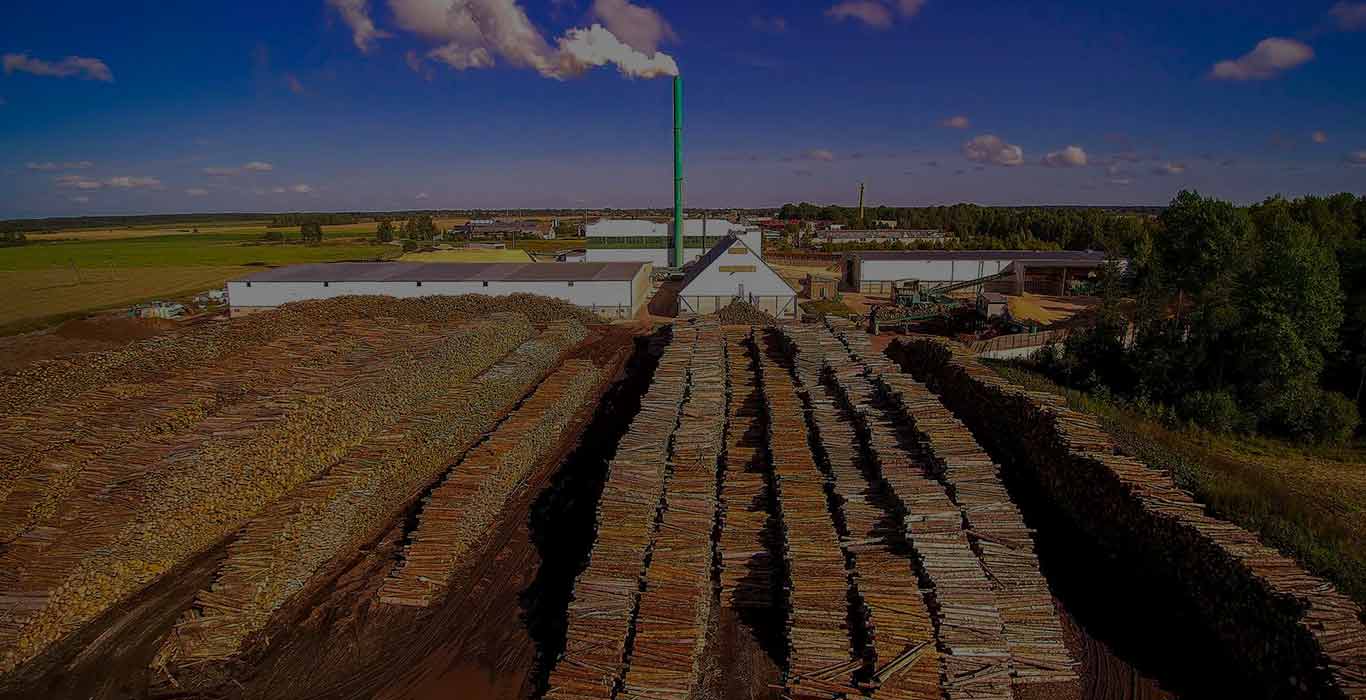Castor Oil Prices Poised for an Optimistic Finish in December
- 15-Dec-2023 5:24 PM
- Journalist: Sasha Fernandes
As per the market anticipations, the market trend for Castor Oil in the forthcoming period, particularly with the beginning of December 2023, might be complex due to various internal and external factors. Based on the industry insights from November, Castor Oil prices dropped significantly across the United States, and it is expected that the market would rebound, witnessing a moderate upward trajectory.
Market participants cite various potential factors that might support this stable incrementing trend. Primarily, one of these factors includes the harvesting season, as December till February generally coincides with the peak harvesting times of Vanakalam castor seeds across the Indian market, a major producer of Castor Oil. During this time, farmers from major castor-producing states, including Andhra Pradesh, Karnataka, Telangana, and some parts of Gujarat, are expected to focus actively on harvesting crops, resulting in a higher influx of castor seeds across the region. This increased supply of castor seeds during the peak harvesting season is expected to influence other market factors. Other primary factor supporting the anticipated rise in castor seed and Castor Oil prices is the storage cost. With the ready availability of castor seeds, the need for extensive storage areas might decrease, potentially elevating the overall rise in the storage cost for castor seed processors and traders. This, in turn, is likely to support the higher cost of production in manufacturing units, further contributing to the expected rise in Castor Oil prices.
Additionally, other factors that play an essential role in higher costs for Castor Oil include land acquisition, including significant renting or acquiring of large storage areas. Secondly, construction and maintenance, including building and maintaining storage structures, incur significant costs. Lastly, higher operational expenses, such as the continuously rising cost of electricity, climate effects that might affect the storage of raw materials, and labor costs required for managing stored seeds, decrease.
Furthermore, market participants anticipate that this would stimulate trade momentum. If the US dollar appreciates against major castor-producing countries' currencies, buyers and traders in importing regions would benefit by purchasing goods at a lower cost from exporting nations and selling them at higher profit margins. The observed reduction in purchase costs coupled with a sustained selling price is poised to elevate profit margins, specifically benefiting the exporting regions engaged in Castor Oil trade. The appreciation of the US dollar has the potential to enhance the global competitiveness of Castor Oil exports from producing countries, fostering increased trade volumes that would mutually benefit exporting and importing regions.
In summary, the Castor Oil market in December 2023 is anticipated to undergo a phase of stability, underpinned by factors such as the ongoing harvesting season, optimistic market projections, and steady demand. Nevertheless, external variables like geopolitical instability and fluctuations in crude oil prices may introduce an element of volatility in the pricing dynamics of Castor Oil.




